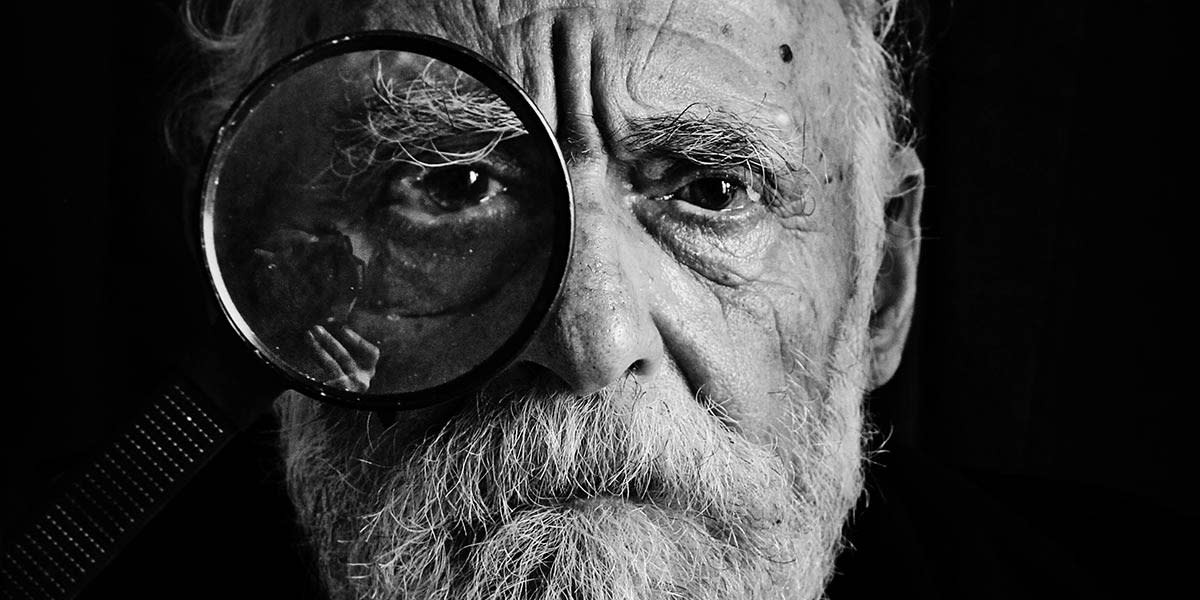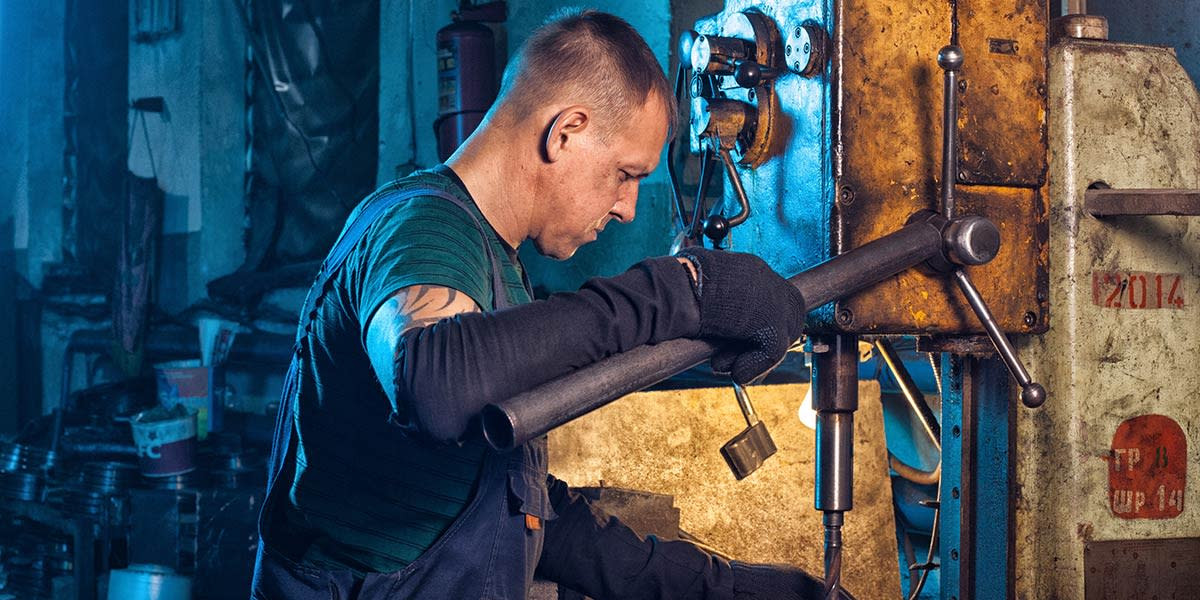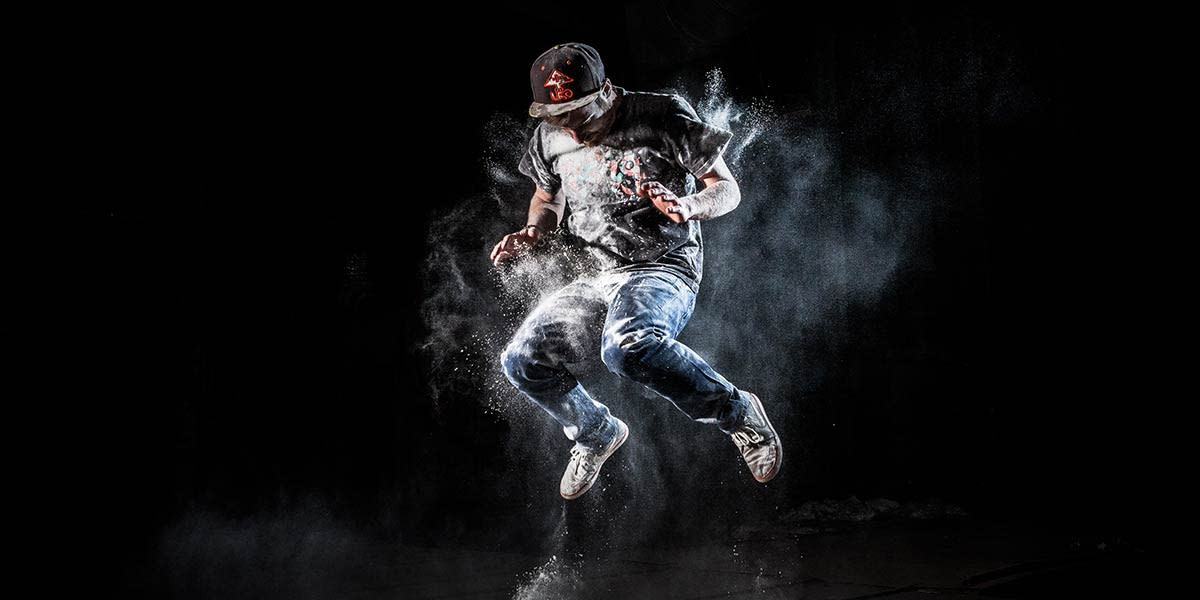Mastering the art of professional photography involves more than just pointing and shooting. It requires understanding composition, lighting, equipment, and post-processing techniques. This comprehensive guide will provide actionable tips to elevate your photography skills to a professional level.
 old-slr-camera-with-out-of-focus-backgroundA vintage SLR camera with a blurred background, emphasizing the importance of focus and depth of field in professional photography.
old-slr-camera-with-out-of-focus-backgroundA vintage SLR camera with a blurred background, emphasizing the importance of focus and depth of field in professional photography.
Mastering Composition Fundamentals
Composition is crucial for creating visually appealing photographs. Here are some key principles to consider:
Defining a Strong Focal Point
The focal point is the primary subject of your photograph. Identifying and emphasizing it effectively is paramount. Ask yourself what you want viewers to focus on and use compositional techniques to guide their attention.
Utilizing the Rule of Thirds
Instead of centering your subject, imagine a tic-tac-toe grid overlaying your frame. Placing your subject along these lines or at their intersections creates a more balanced and engaging composition.
 little-girl-going-up-stairsA photograph demonstrating the rule of thirds, with the subject positioned off-center for a more dynamic composition.
little-girl-going-up-stairsA photograph demonstrating the rule of thirds, with the subject positioned off-center for a more dynamic composition.
Implementing Leading Lines
Lines within your scene can direct the viewer’s gaze towards the focal point. Roads, fences, or even shadows can serve as leading lines, creating a visual journey through your image.
Understanding Perspective
Perspective significantly impacts the mood and meaning of your photographs. Experimenting with different angles and distances can dramatically alter how your subject is perceived.
Creating Depth
A flat image lacks visual interest. Incorporate elements in the foreground, middle ground, and background to create a sense of depth and dimension.
 rock-splashing-in-a-lake-with-fog-in-the-backgroundAn image showcasing depth of field, with a clear foreground subject and a softly blurred background.
rock-splashing-in-a-lake-with-fog-in-the-backgroundAn image showcasing depth of field, with a clear foreground subject and a softly blurred background.
Utilizing Bokeh for Subject Emphasis
Bokeh, the intentional blurring of the background, isolates your subject and draws attention to it. Achieving bokeh often involves using a wide aperture and focusing precisely on your subject.
 man-and-woman-walking-with-sparkler-bokeh-in-the-backgroudThis photograph illustrates the use of bokeh, with sparkling lights creating a blurred and aesthetically pleasing background.
man-and-woman-walking-with-sparkler-bokeh-in-the-backgroudThis photograph illustrates the use of bokeh, with sparkling lights creating a blurred and aesthetically pleasing background.
Framing Your Shot
Using natural elements like doorways or foliage to frame your subject can add depth and direct attention to the focal point.
Filling the Frame
Eliminate distractions by filling the frame with your subject. This technique creates a more impactful and professional image.
 old-man-portrait-with-magnifying-glass-close-up-shotA portrait exemplifying “filling the frame,” where the subject occupies the majority of the image for maximum impact.
old-man-portrait-with-magnifying-glass-close-up-shotA portrait exemplifying “filling the frame,” where the subject occupies the majority of the image for maximum impact.
Exploring Patterns and Symmetry
Patterns and symmetry can create visually compelling images. Introducing an element that disrupts the pattern can further enhance the photograph’s impact.
The Importance of Lighting
Proper lighting is fundamental to professional photography.
 man-working-in-a-machine-shop-with-off-camera-lightingThis image demonstrates the use of off-camera lighting to create a dramatic and well-lit scene in a challenging environment.
man-working-in-a-machine-shop-with-off-camera-lightingThis image demonstrates the use of off-camera lighting to create a dramatic and well-lit scene in a challenging environment.
Utilizing Lighting Equipment
Investing in lighting equipment can significantly improve your photography.
Light Reflectors
Reflectors manipulate available light to fill in shadows and brighten your subject.
Camera Flashes and Diffusers
External flashes and diffusers provide greater control over lighting, softening harsh shadows and creating more natural-looking results.
 man-jumping-in-white-powder-flash-photographyA photograph demonstrating the effective use of flash photography to freeze motion and illuminate the subject.
man-jumping-in-white-powder-flash-photographyA photograph demonstrating the effective use of flash photography to freeze motion and illuminate the subject.
Creative Lighting Effects
Experiment with backlighting, sidelighting, and other techniques to create mood and add artistic flair.
Mastering Photo Editing
Post-processing is an essential step in professional photography.
 camera-settings-for-sunsetA camera displaying settings appropriate for capturing a sunset, highlighting the importance of understanding camera settings.
camera-settings-for-sunsetA camera displaying settings appropriate for capturing a sunset, highlighting the importance of understanding camera settings.
Learning Editing Software
Familiarize yourself with photo editing software like Photoshop or GIMP to enhance your images.
Utilizing a Tripod
A tripod provides stability, enabling sharper images and techniques like long exposures.
Upgrading Your Gear
Investing in quality equipment, such as cameras and lenses, can further enhance your photography.
 Amazon-photography-website-templateA screenshot of a photography website template, emphasizing the importance of showcasing your work professionally online.
Amazon-photography-website-templateA screenshot of a photography website template, emphasizing the importance of showcasing your work professionally online.
Showcasing Your Work
Creating a professional online portfolio is crucial for sharing your work and attracting clients.
Conclusion
By mastering these techniques and principles, you can significantly improve your photography skills and create images that are truly professional. Practice consistently and experiment with different approaches to develop your unique style.